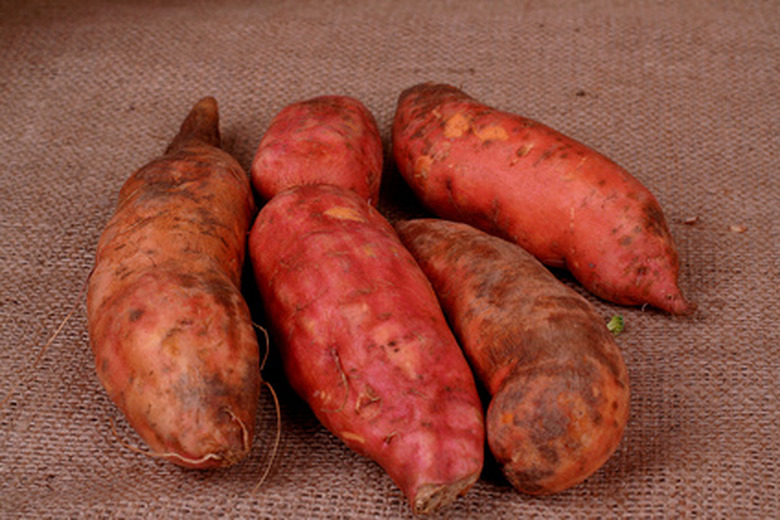Facts About Nematodes
According to the University of California, nematodes are the second most abundant species on earth. These free-living species are found as parasites in plants, animals, insects and birds or any living organism from which they can derive nutrition. Coming under phylum Nemata in taxonomy, these creatures feed primarily on bacteria and microscopic fungi. They are biologically very simple. With basic digestive and nervous systems, parasitic nematodes are the most complete yet rudimentary multicellular animals. They are found in nearly all climates and soil types.
Living Dead
Nematodes have the ability to shut down all their metabolic activities. When the conditions are unfavorable, parasitic nematodes go into a sort of hibernation, where for all practical purposes they are dead. But once the conditions change, they are able to revive themselves and resume their normal life cycles. This makes them very tough pests to handle if they infect a crop. They can remain indefinitely dormant and won't succumb to normal pest control measures.
- According to the University of California, nematodes are the second most abundant species on earth.
- These free-living species are found as parasites in plants, animals, insects and birds or any living organism from which they can derive nutrition.
Dangerous for Humans
Not all nematodes are harmful, but some of them can cause diseases in cattle as well as in human beings. Diseases like elephantiasis are cause by nematodes. Crops or fruits infected by nematodes, if consumed by humans, can lead to severe gastrointestinal problems and achesas well as diarrhea, abdominal aches and severe dysentery. Nematodes are not easily visible and thus are very easily transmitted through not only direct consumption but also through eating the meat of an infected animal.
Plant Parasites
Nematodes are endo-parasites in plants. They can spend their entire life living in plant tissues like roots, fruits and stems. They have needles, stings or hooks with which they secure themselves to the plant tissue and suck nutrition from the plant. This adversely affects the plant yield. Plants like corn often suffer from nematode infection. In a tuber or root-based crop, like sweet potatoes or carrots, nematode activity can be fatal for the plant, and consumption of the produce infected by nematodes can cause health problems in humans too.
- Not all nematodes are harmful, but some of them can cause diseases in cattle as well as in human beings.
Size Diversity
Nematodes exhibit an astounding range in sizes. While most nematodes are small and measure a few millimeters, these creatures can also be microscopic or can measure up to several meters long. The longest known nematode is the Placentonema gigantisma, which infects the placenta of the sperm whale and can be up to 13 meters in length. Most parasitic species are microscopic.
